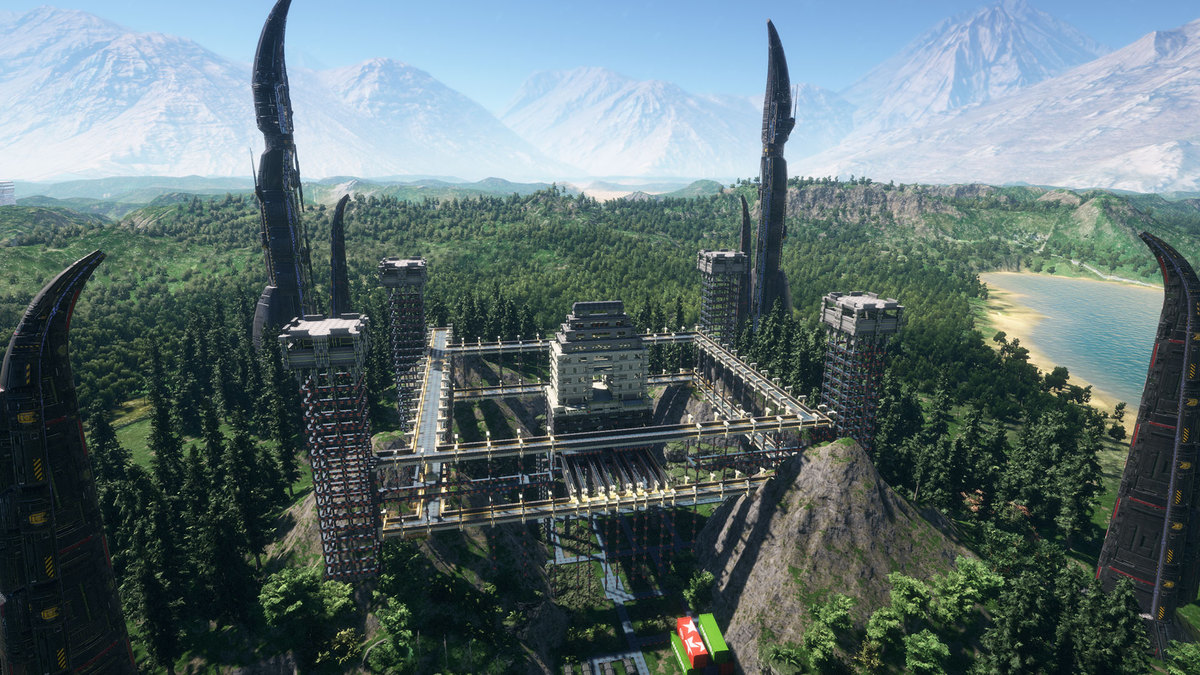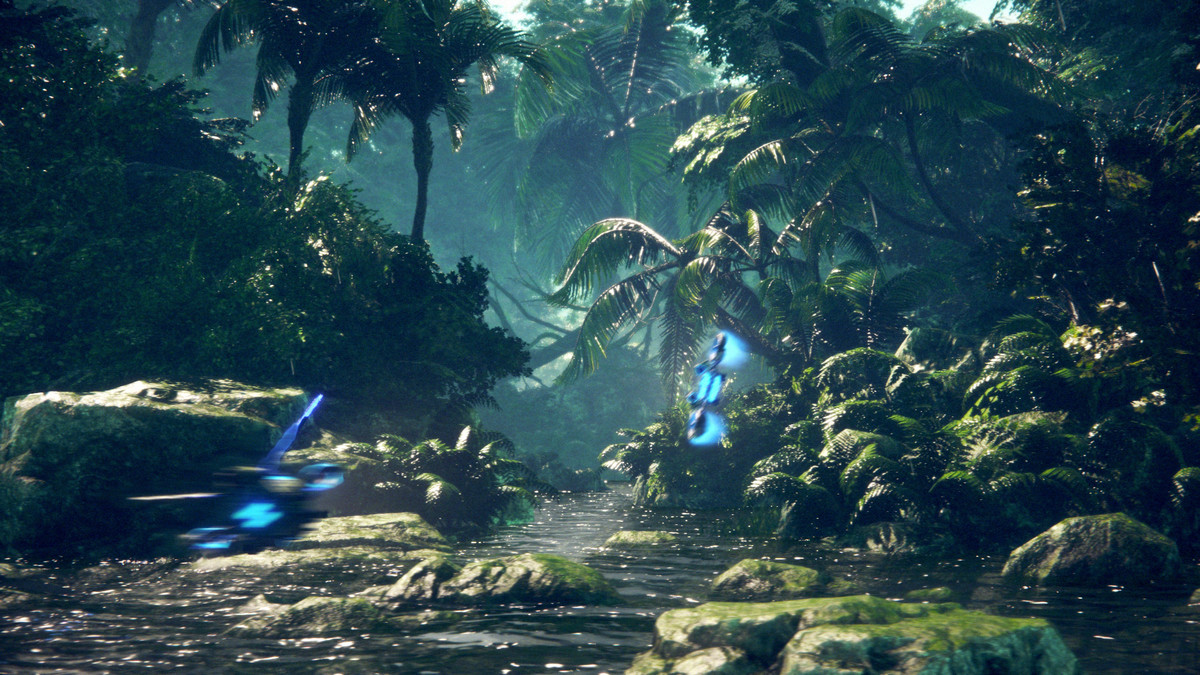Unity-Mesh Combine Studio 2 U3955


Mesh Combine Studio is an automatic cell-based mesh combiner that dramatically improves game performance. Can be applied to any type of game on any platform.
In our game “D.R.O.N.E.”, we applied MCS cell-based merging for modular components in the scene editor and pre-made scenes. Our game wouldn’t work without MCS…
Merging meshes manually is tedious, but MCS will do it automatically, and the performance improvements it brings are unmatched by manual merging. Just drag and drop an MCS prefab into your scene, adjust the multiple available conditions to suit your needs, and you’re all set.
Compared with Unity’s static batch processing, MCS can bring up to 20 times better performance. MCS also provides smoother and more stable frame rates. The smaller the mesh to be synthesized, the better the performance can be improved. It works great on systems using both modular meshes and static objects like buildings, props, rocks, etc. MCS has the unique ability to remove geometry that is never visible in the camera. This saves a lot of lightmap texture space and memory, further improving performance.
Not only does this reduce a lot of draw calls, but since MCS merges meshes into cells, it also significantly improves culling performance. Fewer objects need to be culled, z-sorted, and LOD adjusted. MCS has automatic LOD compatibility. The LOD of each cell is adjusted, which allows for higher performance and fewer LOD mutations.
With the expansion pack “MCS Caves & Overhangs”, MCS can remove the stacked meshes within the graphics to form arbitrary structures such as rocks to build caves and overhangs. We also applied this MCS function in “D.R.O.N.E.” to optimize the rocks, caves and overhangs in the prefabricated scene, while reducing the number of rock triangles by 60-75%, greatly improving the performance and saving on light map textures memory.
MCS Underground City Building Demonstration
MCS Modular Urban Street Resource Pack Demonstration
Documentation | Forum
Function:
– Supports Unity 5.1, 2017.x, 2018.x, 2019.x and 2020.x and above.
– Supports all platforms (PC, Mac, Linux, Android, IOS, WebGL, etc.)
– Supports standard rendering, URP and HDRP.
– Supports all mesh formats supported by Unity (.fbx, .obj, .dea, 3ds, .skp, etc.).
– Easy to use, the inspector comes with tooltips for easy viewing.
– Reduce draw calls
– Performance-optimized and advanced multi-threaded merge work manager, occupies minimal memory, and is easy to use for GC.
– Supports cell-based mesh merging, ideal for culling, z-sort and LOD adjustments.
– Can be used as a faster alternative to Unity’s static batch processing, which can greatly improve performance.
– Fully automatic merging like Unity static batching (but with more options), no need to repeatedly merge manually, it can be done in a few clicks.
– Extensive support for lightmaps for both real-time and baked GI.
– Save lightmap texture space and memory by removing geometry.
– Automatic LOD compatibility. The LOD of each cell is adjusted, which allows for higher performance and fewer LOD mutations.
– No vertices or triangles are added to the original mesh.
– Remove geometry under any surface (terrain and/or mesh). For example, rocks can reduce geometry by over 35%.
– Using the expansion pack “MCS Caves and Overhangs” it is possible to remove overlapping geometry, which together with the removed parts underneath the terrain, results in a total geometry reduction of 60-75%.
– Remove backface culling geometry on background geometry (invisible to the camera). This can reduce geometry by over 50% on its own, and combined with removal within and below the terrain can add up to a reduction of over 80%.
– Original game object components can continue to be used, such as scripts, colliders, etc.
– Automatically switches between render merges and original game objects, and can be easily restored.
– Merge in the editor and/or at runtime.
– Merge dynamic meshes (multiple meshes within a moving part can be merged into one mesh).
– Supports negative scaling and double shading.
– Runtime console to test and find the fastest merge settings (you can use builds to test real performance improvements, which will be higher than in the Unity Editor).
– Multiple MCS prefabs can be applied with different settings, such as different cell sizes, removed geometry, etc.
– Multiple search criteria to choose which game objects with grids to process. Correct filtering conditions can better improve performance and save memory.
– Contains source code.
– Runtime API.




